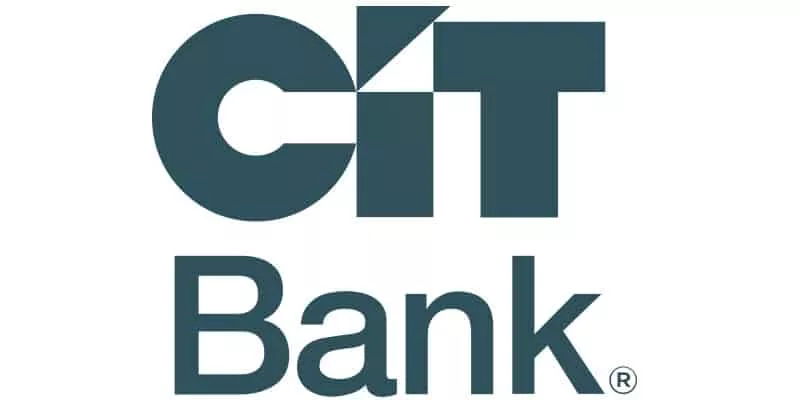When you're new to personal finances, you may be wondering: Exactly what is a savings account? The simple answer to that question is that a savings account is a place to hold money.
You make deposits into a savings account, it earns interest and you withdraw the money when needed.
Whether you’re saving for a new car, a vacation or building up your emergency fund, having a savings account can help you meet financial goals.
What is a savings account?
A savings account is designed for you to save money. Savings accounts offer a safe and convenient place to stash your cash. Savers have the assurance of their money being safe, unlike saving money around your house. Cash can get stolen or damaged in a fire.
When the federal government insures your savings, you avoid the risk of losing money if your bank or credit union fails. Banks are covered by FDIC insurance, and credit unions are covered by NCUSIF insurance up to $250,000.
Money you put into a savings account grows over time by accruing interest. The amount of interest that accrues, the service fees and the minimum opening deposit will all very depending on the bank.
How does savings interest work?
When you put money in a savings account, the bank is technically borrowing the money and paying you interest in return. The interest rate determines how much money a bank pays you to keep your funds on deposit.
Another way to put it is that interest is the money you charge the bank for letting them store your money. This value is expressed in a percentage known as interest rate.
If you begin the year with $25,000 in a savings account that pays a high interest rate of 1.35 percent APY, at the end of the year your savings account would have earned about $339 in interest.
Interest is what you'll earn on your money. Your savings account interest could compound daily, monthly, quarterly, or annually.
APY (Annual Percentage Yield) is what you'll get on your money. You can use the APY to determine how much you’ll actually earn in interest each year because the APY relies on two inputs: the interest rate and how often the interest compounds.
Compounding interest. Compounding interest allows you to earn interest on your principal plus interest on your earnings.
Choosing the best bank for savings accounts
Understanding how interest works on a savings account and comparing the APY offered at several banks are important steps in choosing where to open an account.
The best bank for savings accounts will likely be an online bank. You can often get better returns from an online savings account because don’t have to pay for branches and can pass the savings on to consumers.
Find a fee-free savings account when comparing different savings account options. Monthly maintenance fees, ATM fees, or transfer fees could offset your interest earnings or even cost you more than you earn, especially if you're earning the average rate on savings accounts.
Other types of Savings Accounts
A savings account is a basic type of bank account that allows you to deposit money, keep it safe, and withdraw funds, all while earning interest.
Certificate of Deposit (CD)
Certificate of Deposit accounts (CDs) are similar to savings accounts, but they typically pay more interest. Unlike savings accounts, a CD account allows you to save money at a set interest rate, for a specific amount of time. CD accounts can range from 11 months to 5 years but with a CD you don’t have access to the money you’re saving throughout the life of the certificate. If you withdraw early there is a substantial penalty on your earnings, unless you open a No-Penalty CD.
Money Market Account
Money market accounts (MMAs) are also similar to savings accounts but also come with a checking component. You’re required to maintain a certain amount of money in the account but can also write checks on the account. Another difference from a traditional savings account is that the interest accrued in a money market account will fluctuate based on the financial markets. They are a good option for emergency savings because you have access to your cash, but you still earn interest.
Savings withdrawals are limited
You're limited to just six (6) transfers out of a savings account each billing cycle due to Regulation D. If you go over the bank could convert your savings account into a checking account or even close your account. Regulation D is the federal government’s way of ensuring that banks have the proper amount of reserves on hand and encouraging people to use savings accounts as they are intended: to save money.
There are ways to get around Reg D by using the ATM, going inside the bank to withdraw money or withdrawing money by telephone if the check is mailed to the depositor.
If you're looking to grow your money more quickly while still keeping your money safe, consider CIT Bank's Savings Connect Account which pays 4.00% APY.
Find the best bank for savings accounts.
See how much interest you can earn with our savings apy calculator.














